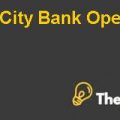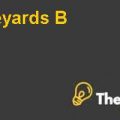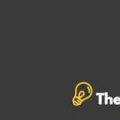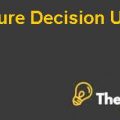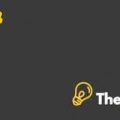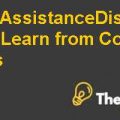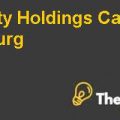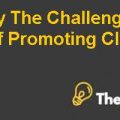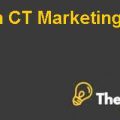
Introduction
This report is about the analysis of the current market situation of Genzyme Corporation that is operating under pharmaceutical industry. The company had successful operations and profitability and now it is suffering declining profitability due to the closure of their one manufacturing line of products. The company is suffering a decline in their profitability has a position of the target company.
Genzyme is at number three in the US pharmaceutical industry and it has many products under development that can provide cash inflows and profitability to it for many years and it is expected to flow till 2023 for its current products and many other products under development. The products under development will start their lifecycle after 2020. It has a good team in its research and development department that has sufficient skills to develop unique products that can be sold at a premium price in the market and profits can be earned through this.
Sanofi-Aventis is a large company that is operating under the pharmaceutical industry and it has a history of mergers and acquisition that has given an offer to Genzyme for $69 per share that is higher than the market price of around $50. Sanofi-Aventis is a large group of industry that has many companies under it and now it is going through for a proposed acquisition of Genzyme.
Sanofi-Aventis has many companies as it is actively going for M&A transactions for the survival of the company to have many more products having lifecycle for many years. The company uses to acquire and merge with companies having products with higher lifecycle and continuously this approach helps it to survive in the industry. The company does not have any good research and development team therefore it is targeting Genzyme to have good research and development team with it.
Evaluation of Strategic Alternatives
The problem is the right price of Genzyme because the price of $69 is rejected by the CEO of the company because he thinks the value of the company is higher than this. The market capitalization is above $13 billion, but the offered value by Sanofi-Aventis is $18.5 billion that is rejected. The CEO is trying to have a valuation on management assumptions and market assumptions through free cash flow model. The valuation assumptions are different due to different assumption.
The analysis is based upon the market assumptions and management assumption on the profitability forecast of the company. This required value through free cash flow model and many more assumptions are required to complete the valuation purpose. The analysis is given below in detail.
Cost of equity:
The cost of equity is the required return on the shareholders that has invested in the market. The required return of the shareholders is calculated through CAPM model of the cost of equity valuation.
In this valuation model, risk free rate of interest is required along with the market risk premium. The rates are used to get the required return of the company specific that are calculated through beta equity.
The beta equity has two risks; systematic risk and unsystematic risk. The systematic risk is the risk that is same for all the companies operating under the same industry and same economic and political conditions.
The unsystematic risk is the financial risk that is different from company to company. The risk is said to be the risk of having more debts.
The unsystematic risk can be reduced through little or no debt financing, but the systemic risk cannot be reduced through any manner.Sanofi-Aventis’s Tender Offer For Genzyme Case Solution
The cost of equity in this case is 5.15% (appendix 1). The beta equity of the company is given in the case, i.e. 0.7 (exhibit 13), if the beta equity is provided by company specific than it is used in order to derive the cost of equity. The beta equity has incorporated systematic risk of pharmaceutical industry and its own gearing risks (financial risk).
The risk free rate of interest is 2.48% as on October 5, 2010 (exhibit 14). The risk free rates are mostly the government bonds that are considered to be fixed because investment in government is the most secured. The treasury bonds are issued by The Central Bank of the country on behalf of government as these funds are provided to the government for the purpose of their expenses and capital expenditures in the country.
The average market return was not specified in the case, therefore it is considered that the required return on BB corporate bonds is the average market return of the industry i.e. 6.30% (exhibit 14). The market risk premium is 3.82% (Appendix 1)...............
This is just a sample partial case solution. Please place the order on the website to order your own originally done case solution.

